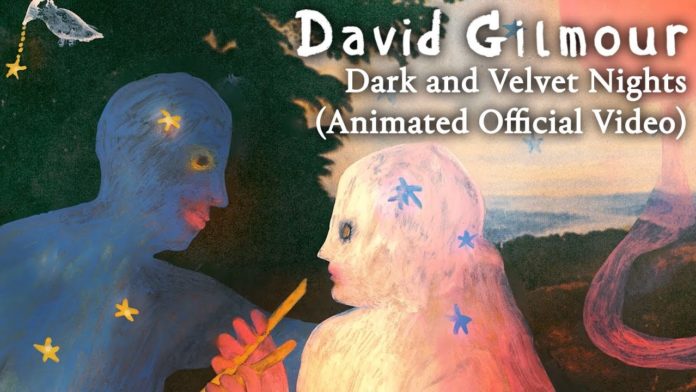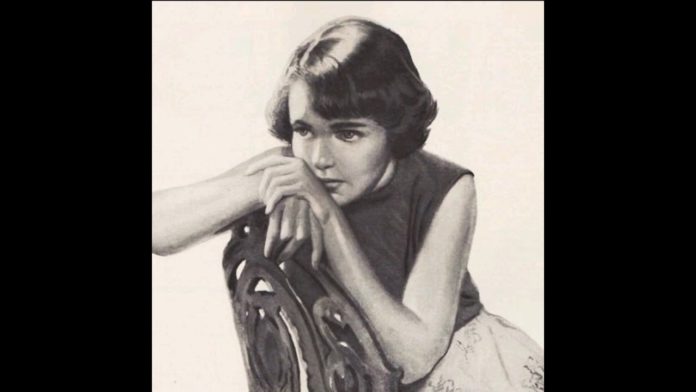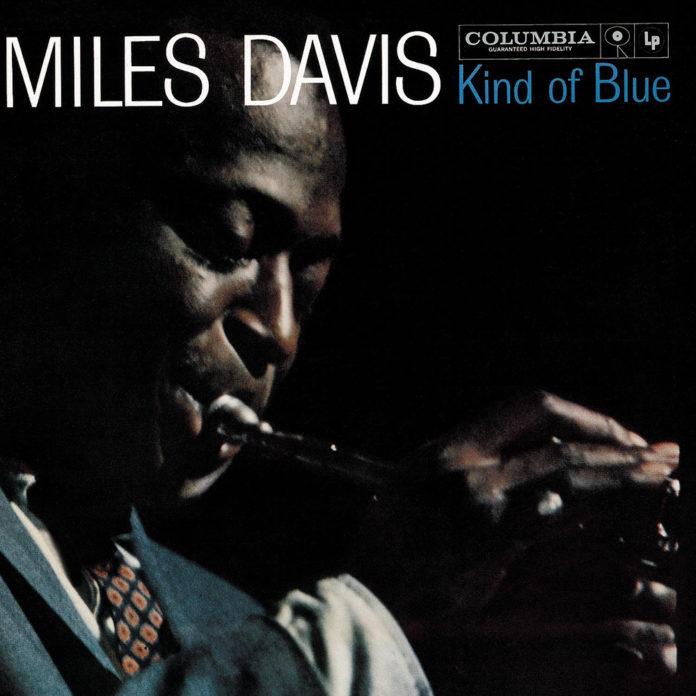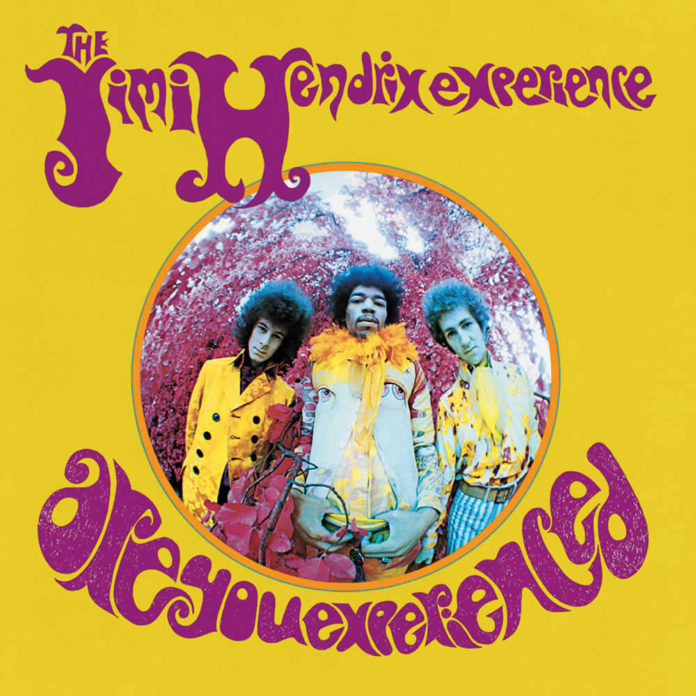If you’re a jazz lover, you’ve probably heard Kind of Blue more times than you can count. This iconic 1959 album by Miles Davis isn’t just a jazz masterpiece; it’s a groundbreaking work of art that changed the genre forever. But while many fans know the names behind the music—John Coltrane, Bill Evans, Cannonball Adderley—there are still a few things that might surprise you about this legendary recording. Here are five facts about Kind of Blue that will deepen your appreciation for its genius.
1. The Whole Album Was Improvised on the Spot (Almost)
Miles Davis was known for his preference to capture raw, in-the-moment performances. For Kind of Blue, he walked into the studio with just a few scales and modal sketches. No full rehearsals, no elaborate scores—just a rough framework of ideas. The musicians hadn’t played these pieces together before recording, so they improvised within the boundaries Miles set. This spontaneity is part of what gives Kind of Blue its haunting, unpredictable feel. However, despite popular myth, it wasn’t a one-take album—only “Flamenco Sketches” was done in a single complete take.
2. Wynton Kelly Was Brought In for Just One Track
Bill Evans’s ethereal touch shaped much of the album’s sound, but he wasn’t the only pianist in the room. Wynton Kelly, who had replaced Evans in Miles’s group, was asked to play on the track “Freddie Freeloader.” Why? Perhaps as a nod to Kelly’s bluesy style, which suited the song’s relaxed, blues-inspired vibe. It was a small concession that added a layer of variety and texture to the album without disrupting its unity.
3. It’s All About the Modes, Not the Chords
Kind of Blue marked a shift from the bebop style, with its rapid chord changes, to a simpler modal approach. Miles was inspired by George Russell’s Lydian Chromatic Concept, which introduced the idea of basing songs on scales rather than chord progressions. This gave the musicians greater freedom and allowed them to explore their instruments without the usual restrictions. John Coltrane, in particular, took this modal approach and ran with it, later pioneering his own innovations in jazz.
4. The Album’s Influence Went Beyond Jazz
Kind of Blue didn’t just make waves in the jazz world—it reshaped how musicians in other genres thought about music. Rock legends like The Beatles, Led Zeppelin, and The Grateful Dead were influenced by the album’s modal improvisation and open-ended song structures. Even classical musicians have hailed Kind of Blue as a masterpiece for its innovative use of harmony and rhythm. It’s not just a jazz album; it’s a lesson in how music can break boundaries.
5. It’s Still Breaking Records, Decades Later
In 2019, Kind of Blue hit a milestone that few jazz albums could even dream of—it went 5× Platinum in the United States, meaning it’s sold over 5 million copies. This makes it one of the best-selling jazz records of all time, a feat almost unheard of for an album that’s more than six decades old. Its inclusion in the Library of Congress and frequent rankings as one of the greatest albums ever underscore its status as a timeless work that’s still finding new fans every year.
There’s a reason Kind of Blue continues to melt the minds of listeners more than 60 years after its release. It’s not just the brilliance of Miles Davis and his collaborators; it’s the spirit of innovation and spontaneity that makes each track feel as alive today as it did in 1959. Whether you’re a seasoned jazz aficionado or just discovering this album, remember that each listen brings you closer to a piece of history that still has so much to offer. So go ahead—put on Kind of Blue one more time and let it surprise you all over again.












